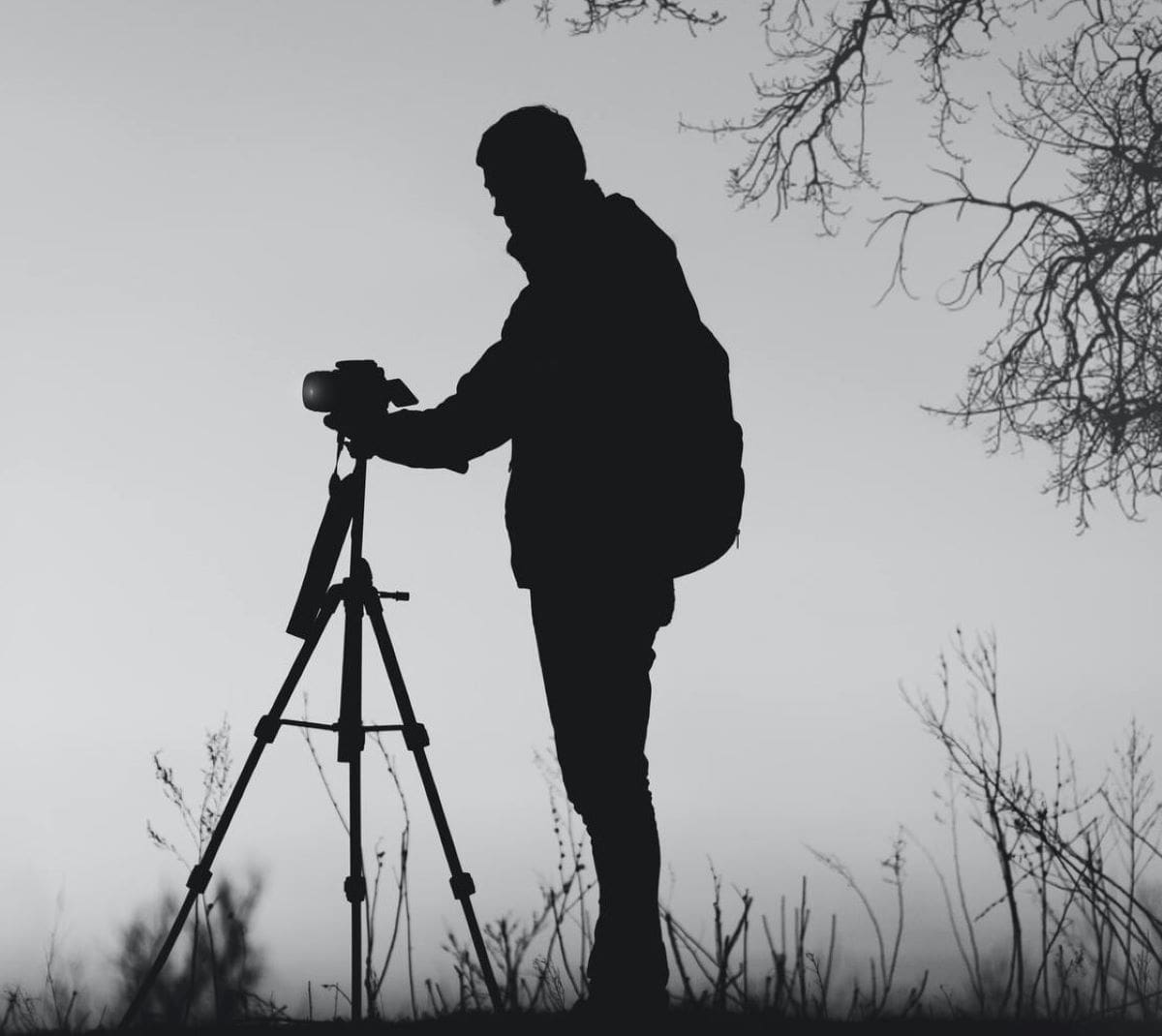Rule of Thirds – How to Use It & When You Should Break It
Rent film gear from local filmmakers.

Rent film gear from local filmmakers.
Unique and fascinating compositions don’t just happen randomly.
While many photographers work on intuition when looking for the perfect frame, techniques like the rule of thirds are helpful to beginners and more experienced creators alike.
How can you use this practical guideline to elevate your own photography? Read on to learn about the technique and gain helpful tips on how to master it yourself.
What is the rule of thirds in photography?
The rule of thirds is a fundamental composition guideline in photography. It involves an imaginary 3x3 grid comprising two horizontal and two vertical lines. This creates nine equal parts.
The lines' intersection points are where your subject or point of interest should be positioned.
The rule of thirds has been present and used intentionally in works of art since the late 18th century. Back then, its simplified version stated that land or water should occupy the bottom third of a painting while the air takes up the rest.

Why use the rule of thirds?
The rule of thirds is an excellent guideline for beginners, but it certainly is not binding. It’s a perfect tool for those new to photography who might struggle with creating balanced and captivating compositions.
The reason why the technique works so well is rooted in psychology. Several eye-tracking studies have shown that viewers’ eyes are naturally drawn to the points of interest defined by the grid.
It leads their gaze across a picture dynamically rather than presenting something straightforward that loses their interest fast. Photos where the main subject is positioned in the center feel blasé or boring in some cases.
The grid helps you control negative space to balance the image and create visually interesting photos. With this technique, you direct the audience’s attention without making them feel trapped.
3 Quick tips on how to use the rule of thirds
How can you get started with this shot composition rule?
If you want to explore this technique for yourself, the following tips can really improve your learning curve.
1. Practice with your camera’s rule of thirds grid
Modern technology comes in handy when you're looking to practice this compositional technique.
Most digital cameras have a rule of thirds overlay that displays the grid on the LCD screen while getting ready to take a shot. If it isn’t automatically there, consult your manual on how to turn on this overlay.
Experiment with placing your points of interest along the grid or on the intersection points. See how your image gets transformed by taking a few control shots without regard to this rule.
By working with the camera’s grid, you’ll get more accurate positioning. With enough practice, you’ll be able to see the imaginary grid even without the help of your camera’s tool!

2. Take a rule of thirds field trip
If you’re committed to improving your compositions, consider taking a field day just to practice the rule of thirds.
Start by finding a location you find interesting. In a pinch, even your home will do! I recommend landscapes as they’re peaceful and meditative and won’t interfere much with your composition, so you may take your time.
Dedicate the day to take shots of various subjects following the rule of thirds. Place objects on different intersection points or along the vertical and horizontal lines. Review your pictures on the go but save your evaluation for later.
After getting home or the day after your trip, go through your images and examine this guideline's effect on your photography.
For an unbiased opinion, ask friends or fellow photographers to pick their favorites from a lineup. Draw conclusions from your independent study to take advantage of your improved skills.
3. Find and focus on your point of interest
A key concept to following is understanding what points of interest mean and how you can identify them.
Where should you direct your viewers’ attention?
Points of interest are often the things that your eyes are naturally drawn to even before taking a picture. You spot a bright flower in the middle of a field and walk closer. That’s your point of interest.
It represents the most interesting part of an image, regardless of whether you’re photographing landscapes, wildlife, food, or even portraits.
With the latter keep in mind that the eyes are always the most captivating part of portraiture. Place it on one of the intersections to keep the image balanced and fascinating.

When to break the rule of thirds?
Rules are meant to be broken. This is especially true in the case of soft guidelines or suggestions like the rule of thirds.
When should you disregard the rule?
Whenever you want to, really! The art of photography shouldn’t be constrained and neither should your creativity.
As a general rule, you may ignore this guideline if some other methods or elements create visually interesting compositions.
This can be done through other techniques and elements like finding symmetry in your composition or photographing leading lines. Accent colors, juxtaposition, or high visual contrast also captivate and engage users.
It’s also worth mentioning that many creators apply the rule subconsciously, simply by looking for appealing compositions. Since viewing images according to this technique is not natural, many photographers seek it out unknowingly.
What’s next? Learn photography fundamentals
Now you know how to begin if you want to improve your compositions with the rule of thirds.
Are you still looking to improve your craft?
Learn photography fundamentals to master more techniques.
What is the meaning of the rule of thirds?
The rule of thirds divides an image into nine equal parts in a 3x3 grid. According to this technique you need to avoid placing your main subject in the center cell at all costs.
What is the rule of thirds in photography?
The rule of thirds refers to working with an imaginary 3x3 grid and positioning your important elements on lines or intersection points. This creates balanced and interesting images.
How do you do the rule of thirds?
Experiment with your camera’s rule-of-thirds grid or try to imagine 2 vertical and 2 horizontal lines and place subjects on these for the optimal effects.





















